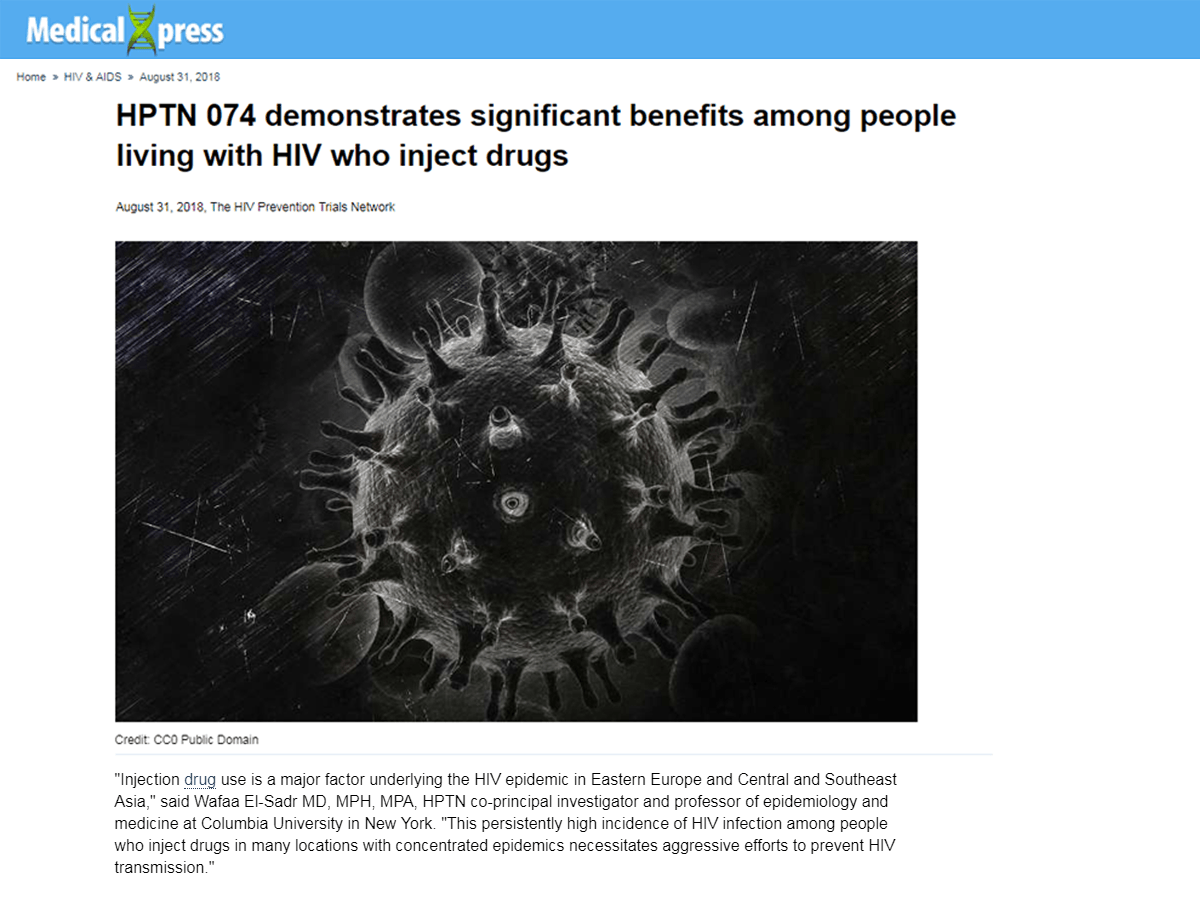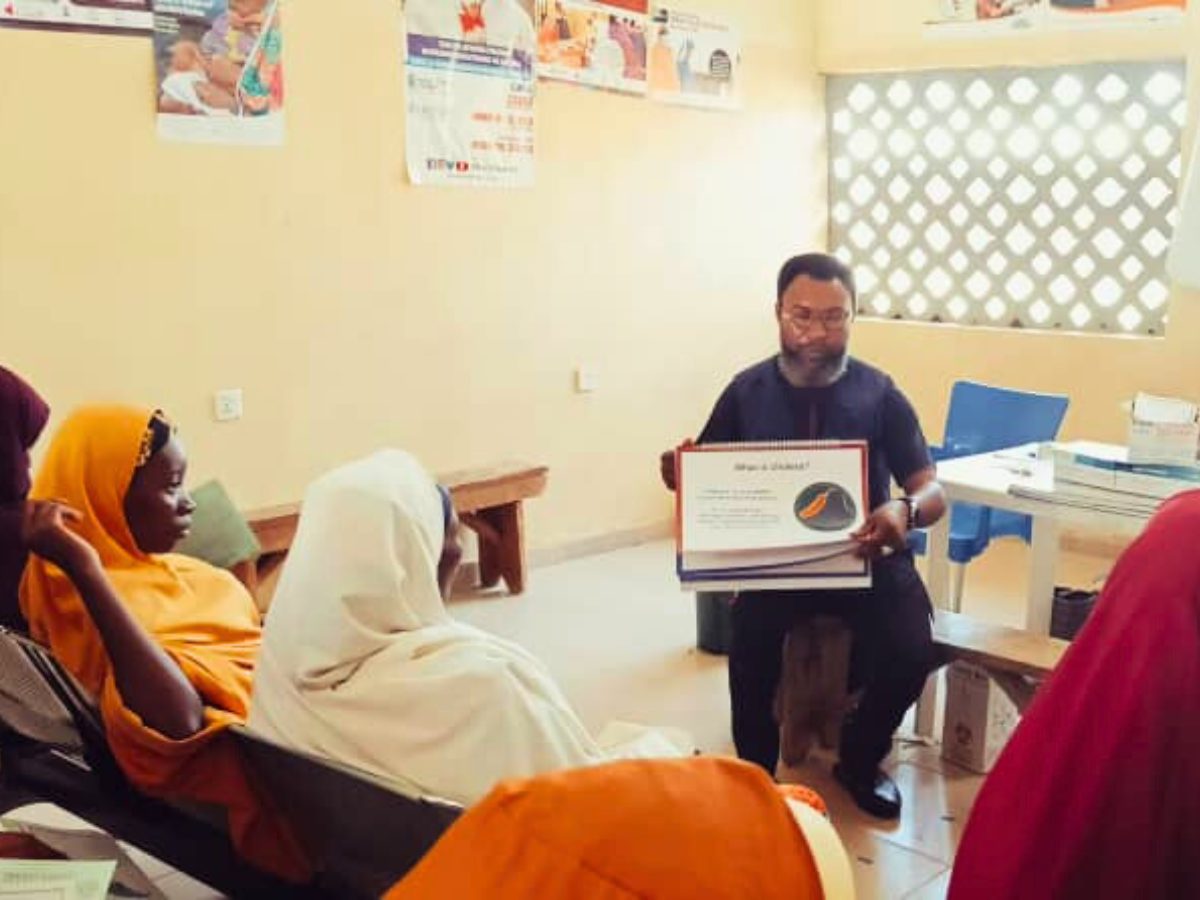“Injection drug use is a major factor underlying the HIV epidemic in Eastern Europe and Central and Southeast Asia,” said Wafaa El-Sadr MD, MPH, MPA, HPTN co-principal investigator and professor of epidemiology and medicine at Columbia University in New York. “This persistently high incidence of HIV infection among people who inject drugs in many locations with concentrated epidemics necessitates aggressive efforts to prevent HIV transmission.”
HPTN 074 was a randomized, controlled trial conducted among people who inject drugs in Ukraine, Indonesia and Vietnam. Overall, 502 people living with HIV and 806 people with whom they injected drugs entered the study over 15 months and were followed for 12 to 24 months after enrollment. The median age was 35 years. Eighty-five percent of participants enrolled were men; most of the women who participated in the study were enrolled in Ukraine. At week 26, intervention arm participants were twice as likely to report antiretroviral therapy use compared to the standard of care arm participants and twice as likely to achieve an undetectable viral load. The effects persisted at week 52. Among intervention arm participants at week 52, self-reported substance use treatment uptake was higher compared to the standard of care arm participants. Mortality was significantly lower among intervention arm participants and their partners compared to the standard of care arm participants and their partners. For partners of intervention arm participants, no new HIV infections were observed, while seven were observed among partners in the standard of care arm.






